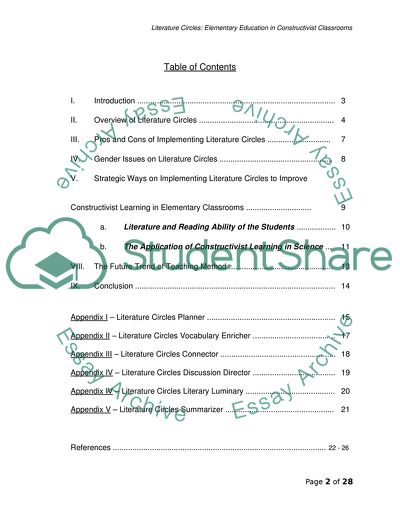Cite this document
(Pros and Cons of Implementing Literature Circles Assignment, n.d.)
Pros and Cons of Implementing Literature Circles Assignment. https://studentshare.org/education/1709687-literature-circles
Pros and Cons of Implementing Literature Circles Assignment. https://studentshare.org/education/1709687-literature-circles
(Pros and Cons of Implementing Literature Circles Assignment)
Pros and Cons of Implementing Literature Circles Assignment. https://studentshare.org/education/1709687-literature-circles.
Pros and Cons of Implementing Literature Circles Assignment. https://studentshare.org/education/1709687-literature-circles.
“Pros and Cons of Implementing Literature Circles Assignment”. https://studentshare.org/education/1709687-literature-circles.


